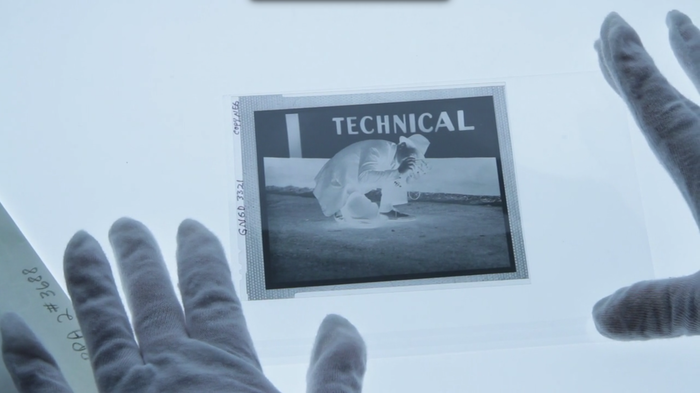About Hillman Photography Initiative

The inaugural cycle of the Hillman Photography Initiative at Carnegie Museum of Art (CMOA) investigates the lifecycle of images: their creation, transmission, consumption, storage, potential loss, and reemergence. Technology accelerates the pace of this cycle, and often alters or redirects the trajectory of an image in unexpected, powerful ways.
The Hillman Photography Initiative is an incubator for innovative thinking on the photographic image. The Initiative centers around four projects that, taken together, investigate the boundaries and possibilities of photography through the way that an image travels. Conceived through an open, discursive process, unique in a museum setting, these projects include live public events at the museum, a pop-up reading room in the galleries, two collaborative web-based projects, and a series of commissions, including documentary videos, art projects, and writing. This website is designed to foster public conversations around the larger story that these four projects tell, and knit them together in a single experience.
Favoring an approach that is experimental and open to new perspectives, a group of external agents joined the Initiative's program manager Divya Rao Heffley and CMOA curator Tina Kukielski in 2013 to pose a set of questions about the future of photography as an art form in a world in which any one individual sees thousands of images every day.
PRESS AND MENTIONS
See who's talking about the Hillman Photography Initiative.
THE AGENTS
The first group of agents includes, along with Kukielski, Marvin Heiferman, independent curator and writer; Alex Klein, the Dorothy and Stephen R. Weber Program Curator at the Institute of Contemporary Art, Philadelphia; Illah Nourbakhsh, professor of robotics and director of the CREATE Lab, Carnegie Mellon University; and Arthur Ou, assistant professor of photography at Parsons The New School for Design. The group met for the first time on April 21–22, 2013, to begin the development cycle. At the close of each 24-month cycle, two external agents will remain, while the other two positions will be filled with new contributors, allowing for both continuity and the infusion of new perspectives.
THE PROJECTS

The Invisible Photograph
The Invisible Photograph, a five-part documentary series, investigates the expansive realm of photographic production, distribution, and consumption by way of the hidden side of photography, whether guarded, stashed away, barely recognizable, or simply forgotten.

The Sandbox: At Play with the Photobook
The Sandbox: At Play with the Photobook transformed the museum’s Coatroom Gallery into a playful hybrid space for encounters with the photobook: part reading room, part bookshop, part library, part event space. During the three months that the installation was open to the public, visitors encountered a rotating selection of photobooks and intimate events emphasizing contemporary trends that give the medium its character. Artists-in-residence Melissa Catanese and Ed Panar of Spaces Corners, a Pittsburgh bookshop specializing in photography books, staffed the reading room and engaged with the public during the installation's run.

A People’s History of Pittsburgh
Catanese and Panar also lead the yearlong A People’s History of Pittsburgh project, compiling family-owned, found, and anonymous photographs and stories from the city’s residents to create an online archive that unearths and reconstructs narratives through the lives of Pittsburghers. Catanese and Panar will conclude the project by editing and co-publishing a print photobook with CMOA, which will function as a collective photo album for the people of the city and its surrounding area.
.jpg?1398441046)
This Picture
With millions of images produced and shared every day, what is the value of a single image? What can it do, and how does it travel? This Picture explores the breadth of what photographic images can say and do by tracking the responses and feedback a single image can trigger and generate. Each month, the museum invites the public to submit responses to a carefully selected photograph.
Orphaned Images (coming fall 2014)
“Orphaned images” are increasingly common. They have been manipulated, circulated, corrupted, and shared; removed from their original authors or creators. The Orphaned Images project includes written and artist commissions around the pressing issues raised by these conditions, and investigates how photographs produce and take on meaning, both online and offline, in the world outside the artist’s studio. Expanding upon discussions about appropriation, distribution, transmission, and surveillance, the project considers new forms of photographic materiality, value, and agency.
SUPPORT
Support for the Hillman Photography Initiative is provided by the William T. Hillman Foundation and the Henry L. Hillman Foundation. General operating support for Carnegie Museum of Art is provided by The Heinz Endowments and Allegheny Regional Asset District. Carnegie Museum of Art receives state arts funding support through a grant from the Pennsylvania Council on the Arts, a state agency funded by the Commonwealth of Pennsylvania.